
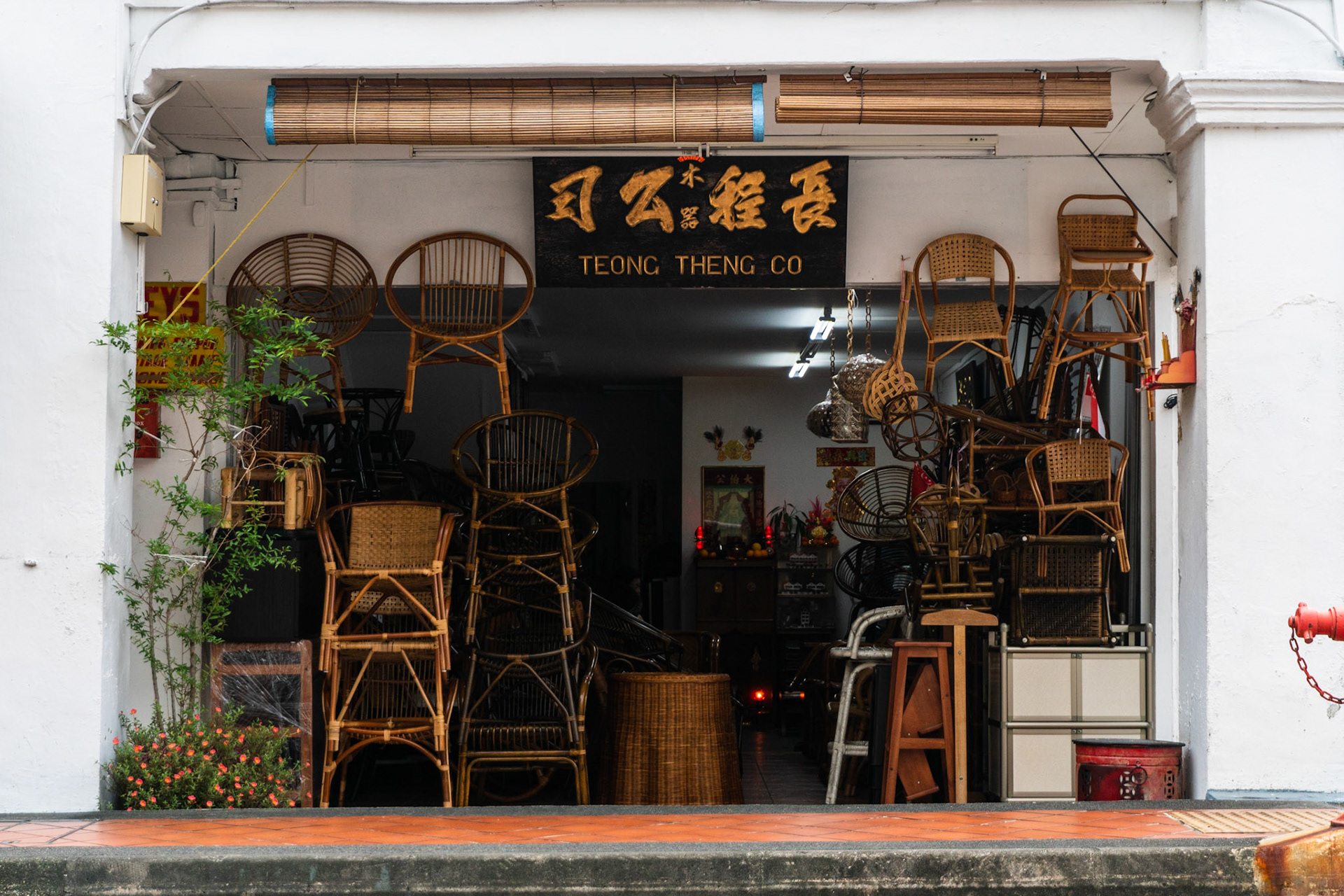
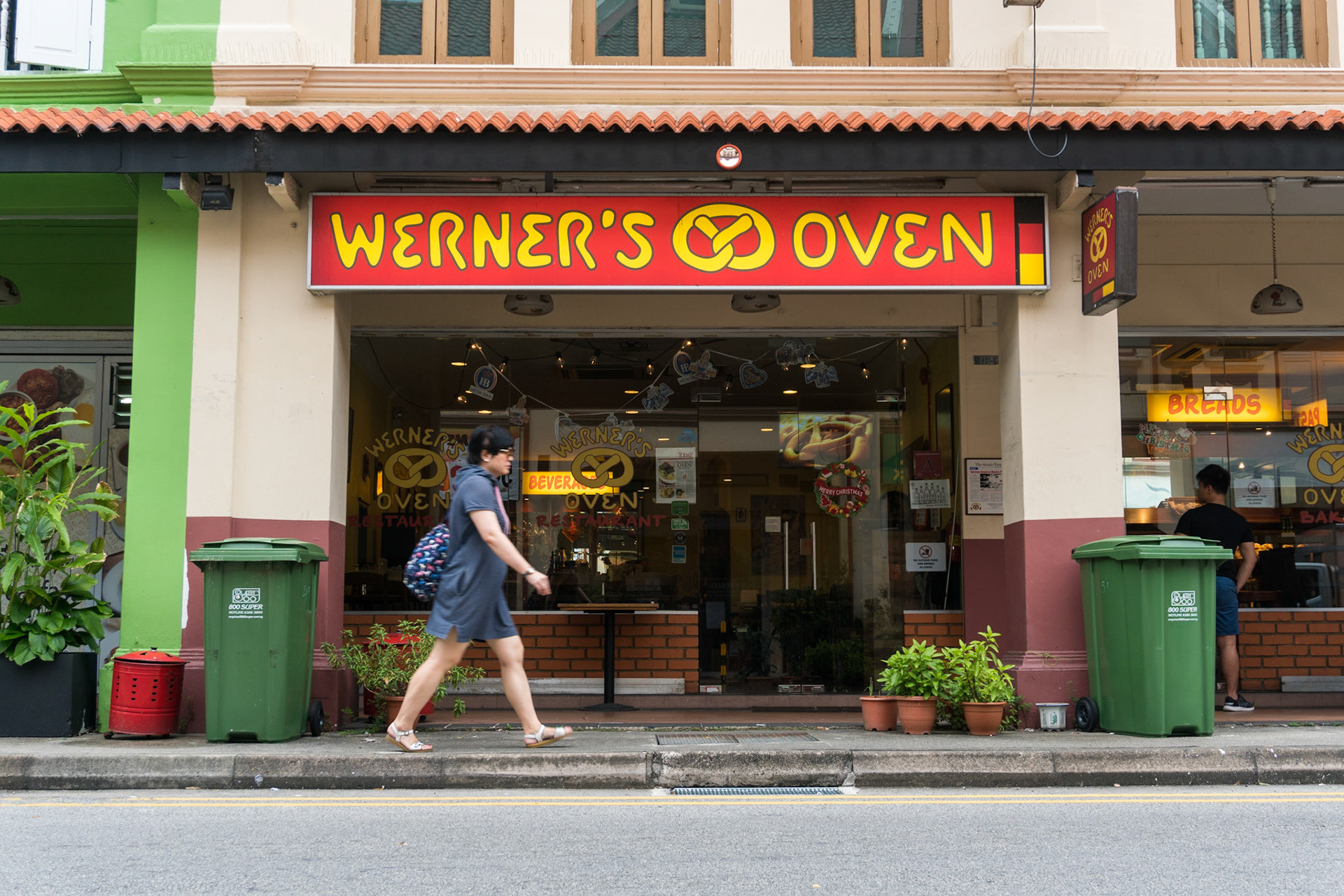
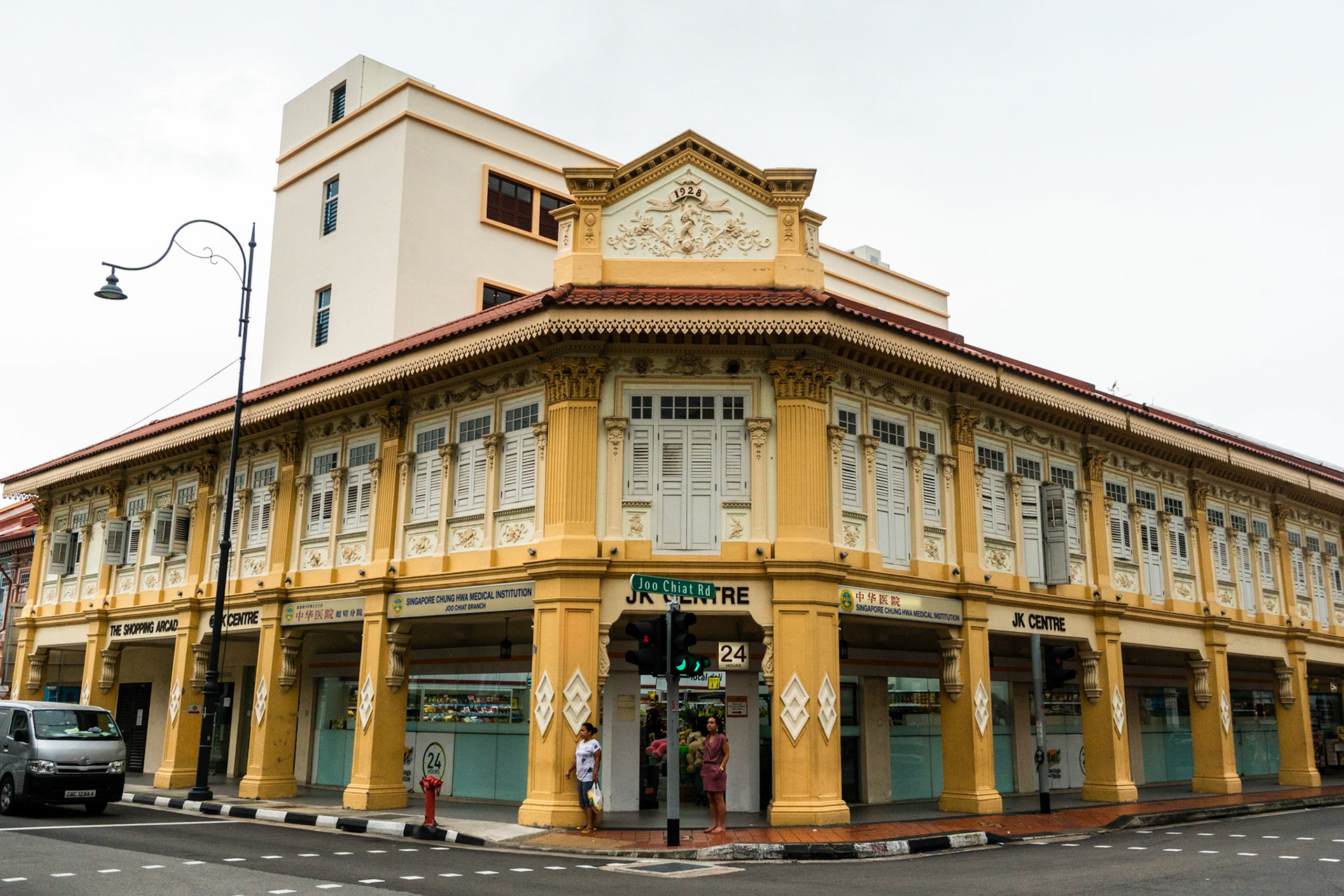
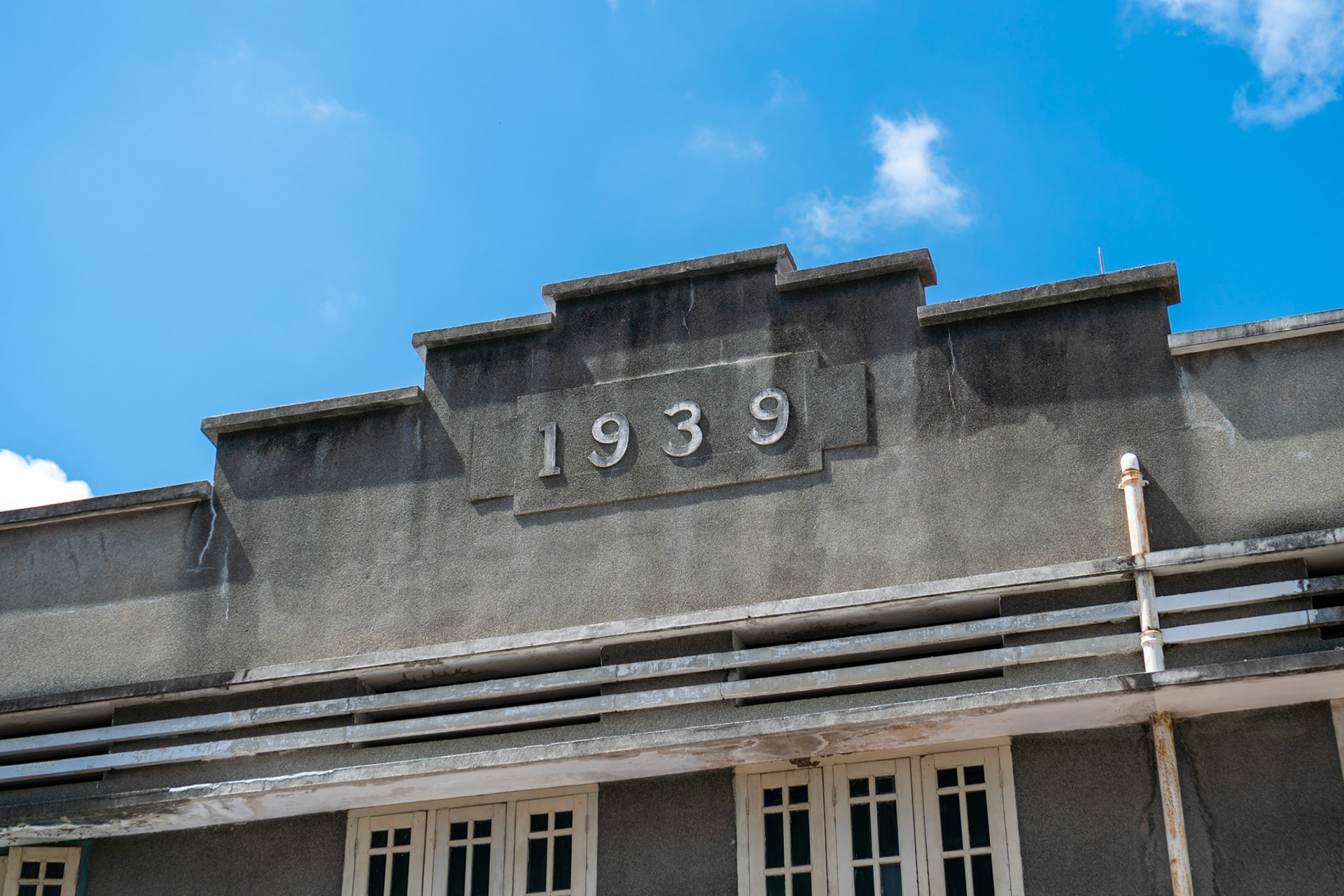
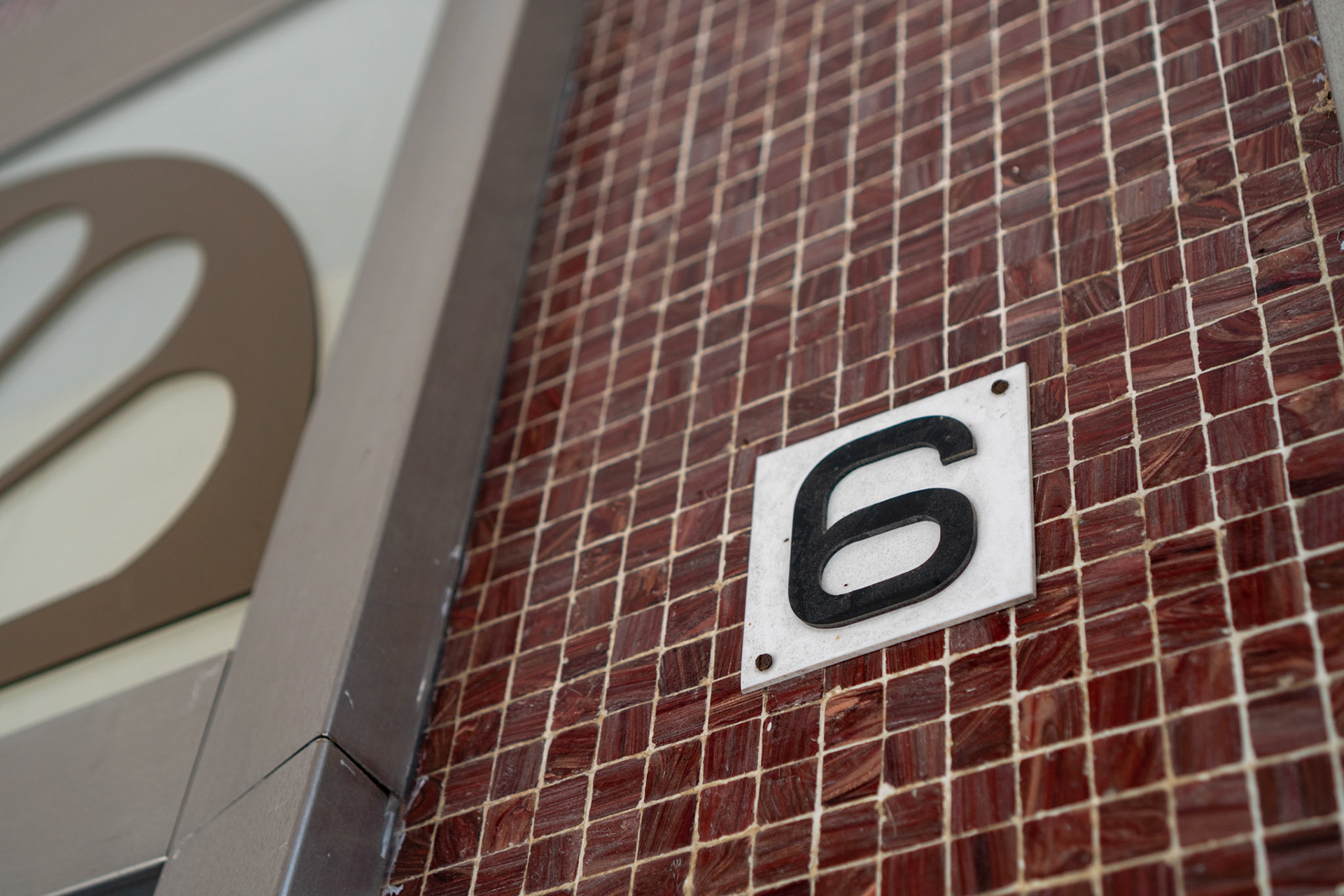
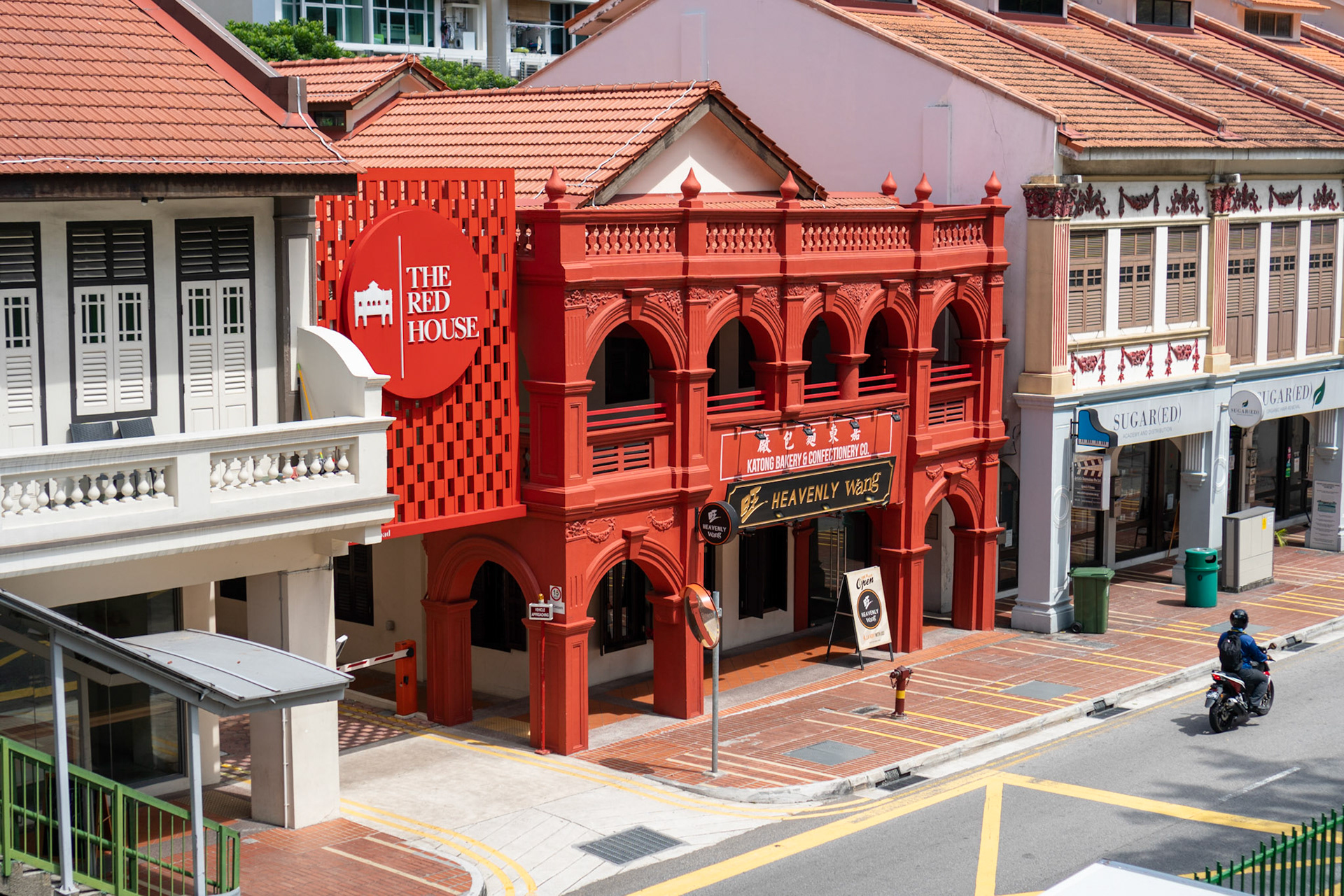

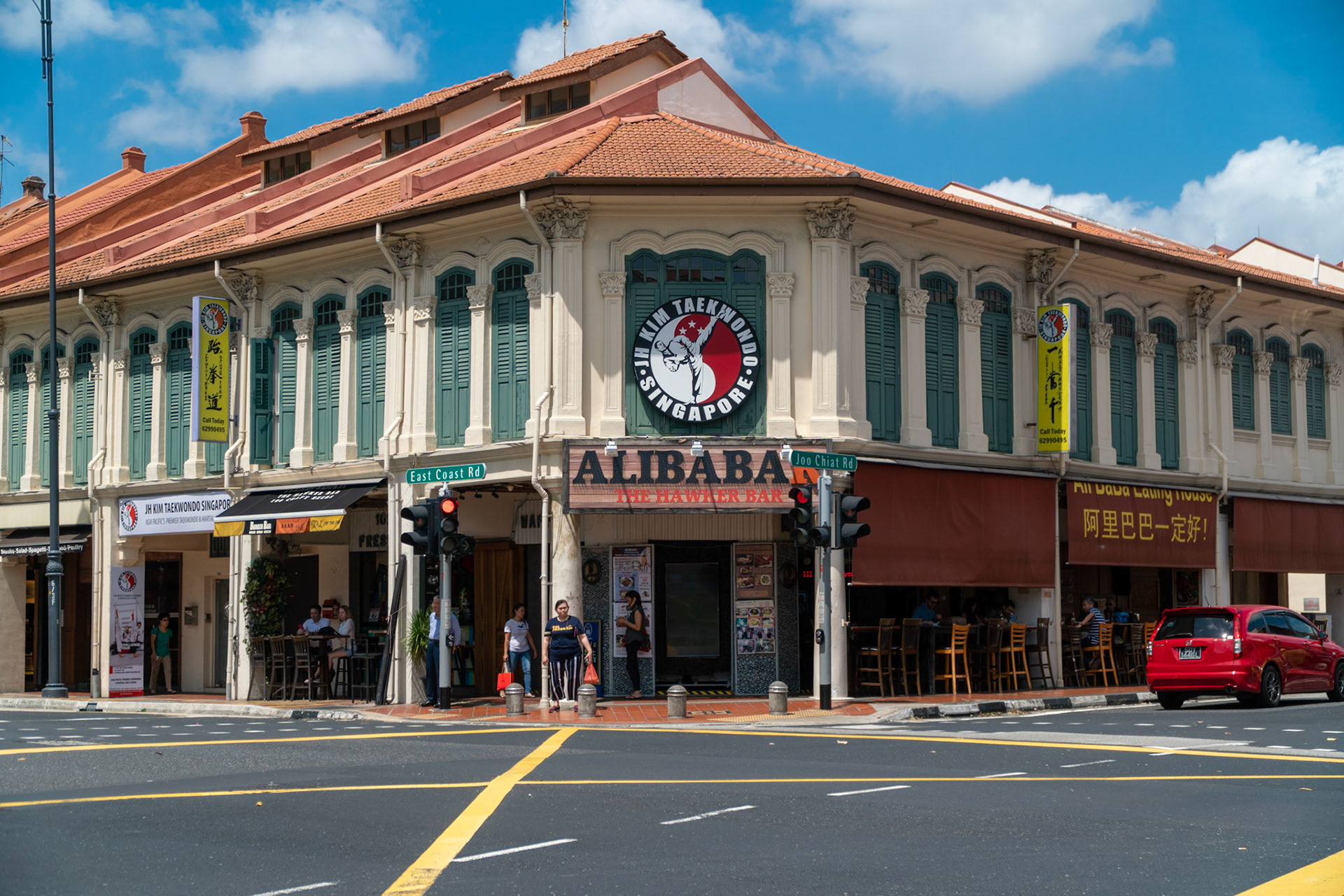
Appreciating cultural heritage through vernacular typography
In the face of Singapore’s rapid modernisation, areas with cultural significance are being conserved to document and preserve the cultural heritage and personal stories of the area. Existing efforts in Singapore to educate the public about cultural heritage—such as heritage trails or neighbourhood exhibitions—typically limit their discussion to architecture, clothing and food. Typography is not often used—and even ignored—in the study and understanding of the cultural heritage of an area. Yet letterforms and signs are all around us. Typography is a rich form of cultural expression, and its permeating presence in everyday life presents itself as an alternative means of understanding the cultural heritage of places. In this research, examples of vernacular typography in a historically significant area were identified, examined, and analysed together with their contexts. Through this process, the personal stories and history behind the typography was uncovered and explored. By understanding the letters alongside their contexts, an alternative way of appreciating cultural heritage
can be derived.
This research project was conducted from 2018 to 2019 as part of NTU's Undergraduate Research on Campus programme. For more information, please contact me.
